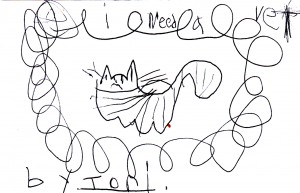As the summer gets going into full swing with Independence Day weekend, days by the pool and in the backyard, and lots of sports, sun exposure is always a concern.
How do you keep your kids healthy, happy and sunburn-free while still giving them lots of time outdoors? And when sunburn does occur, how should you treat it?
Prevention. Check out our blog from last summer about sunscreens here. Bottom line: use sunscreen liberally and limit sun exposure. You don’t have to get a sunburn to cause long-term skin damage.
Babies and toddlers. See this detailed article from the American Academy of Pediatrics (AAP). Very young children are especially vulnerable to sunburn and heat stroke. Under 6 months they should be kept out of direct sunlight and in the shade as much as possible. Use the sun cover on the stroller. Take a canopy to the older kids’ soccer games—it’s not only a good place to put the infant, but the rest of the family can get out of the sun, too. Be aware that reflective surfaces, like sand or the concrete around pools, can still allow for sunburn even when you’re under an umbrella or other cover, no matter what your age.
In addition to limiting time outside in the hot part of the day, here are other considerations for the very young:
- Dress them in lightweight, light colored clothing that covers arms, legs and the head.
- Use sunscreen on any exposed skin. There are several types that are appropriate for tender baby skin. Don’t ever spray directly onto the face, but into your hand first.
- Put a brimmed hat on babies and toddlers, or spray their scalps with sunscreen. A fully-brimmed hat can protect scalp, ears, and partially protect face and neck.
Possible skin damage. Don’t forget that everyone, even those with darker skin, are at risk of skin damage from the sun. Exposure over time can lead to skin cancers later.
Treatment. Sooner or later, most everyone will have a sunburn no matter how hard you try to prevent it. What to do? It depends on the severity.
- Minor burns (red, warm to the touch) can be treated with cool compresses, acetaminophen and rest.
- More serious burns can cause blisters, fever and chills, headache or other feelings of malaise, even infection. If the burn is very serious, call your pediatrician.
So, by all means enjoy the summer sun, just be careful of getting too much exposure!
© 2014, MBS Writing Services, all rights reserved




